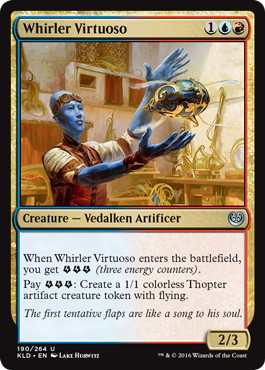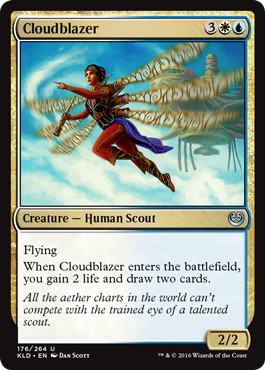Hello and once again welcome.
It is not every day I get the opportunity to talk about sealed, but for some reason, Wizards has decided to make the two upcoming Grand Prix team limited and limited. I was asked if I wanted to team up with Luis Salvatto and Sebastian Pozzo, from Argentina, and because I really wanted to and had no reason to say no – I booked a plane ticket to the USA.
Firstly I would like to address that I really love drafting this format (AER, KLD) I think the format is diverse enough and offers a lot of re-playability but also benefits the curious deck builder and the grinder – in that it is mostly synergy based decks that win, rather than raw power cards.
Drafting allows for; sweet decks, and is skill testing – but what about sealed?
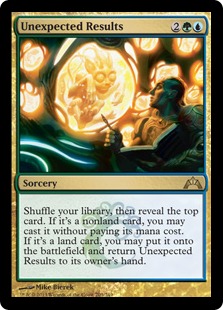 |
As I have stated in some of my former articles I genuinely love sealed, and I tend to play it a lot – but I actually haven’t done so since the Kaladesh block, and even less since AER hit. This is because I simply haven’t found the right way to play it. It seems like some of the cards are too strong, the revolt mechanic is a bit too random and the uncommons and fixing that you get, have too much influence whether your deck is good or almost unplayable. I have really tried to find a silver lining – but my win% never really climbed over roughly 60%, whereas my drafts are closer to 75%. It also seems that more games than usual are determined by flood, because many of the decks have no way of protecting themselves against this in good and interactive mana sinks, making many players cut on their land count, and also put in extra variance in the form of not getting enough mana resources in time. Even though there are flaws to the format, it still sparks in me the will to keep jamming these queues where the good games, are incredible and skill intensive.
But!!
What the format lacks in regular sealed, it sure adds up for in team sealed, because ohh my are people in for a treat when building decks. If you want to read a bit about the whole team sealed setup and how to do it, I wrote about it last time I was playing in Utrecht. [Tips for Team Sealed]
 |
Back to the deckbuilding.
In Team sealed, the additional boosters gives most pools the tools to truly exploit the cool, interactive and fun mechanics that we just barely get to utilize in draft. Being able to combine enough Kaladesh cards and their unique abilities with the power from Aether Revolt gives us some really sweet decks overall. We are going to see some insane revolt decks that revolve around exploiting this mechanic to its limit and control decks in all sort of shapes. But there are also a lot of hidden gems in Aether Revolt that interacts really well if the deck is there. i.g. 《Servo Schematic》 and 《Consulate Turret》 on their own, they are almost unplayable cards, but with this many boosters it opens up for a lot of new decks and thinking.
So I would recommend all of you that have some spare boosters laying around to try this out – it is fun, but also incredibly challenging in the deck building part.
So let’s try to dig into what I would expect my team to look for:
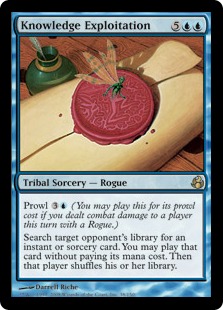 |
As I talked about earlier, the core mechanics from both sets should be where we look too first. So we will try to decipher if there is a deck theme focused on exploiting revolt, the power of energy syncs or if there is a combo based improvise deck.
The reason that I am so keen on revolt, is that it makes average commons/uncommons into nearly mythic level game changers – with very little setup. The key here is to find a core deck, that has a plan and then give it a way to really power out the revolters in numbers, so that every card suits the decks overall plan – or is a must answer threat.
Improvise is a whole different animal. The improvise cards are undercosted cards, that can really set up a race or generate a tempo advantage like no other. This being sealed though, it is important not to play too many “do nothing” cards, that does not have potential for the lategame. Contrary to the draft decks I think the UR decks have the greatest potential. Being able to use the less powerful, but more synergistic blue cards with red improvise cards and removal, gives us a well sharpened weapon, that attacks on several different axes.
Having all of the artifacts from both sets we get some new ways to build sweet decks, here are a few pointers:
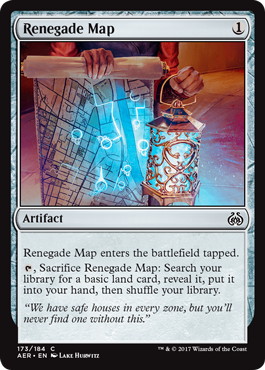 | 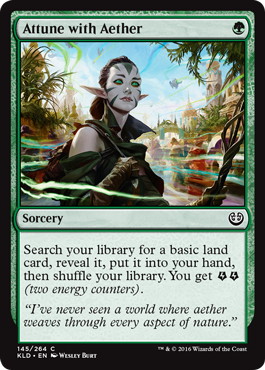 | 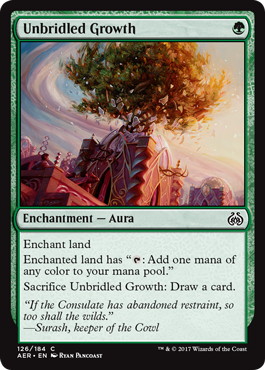 | 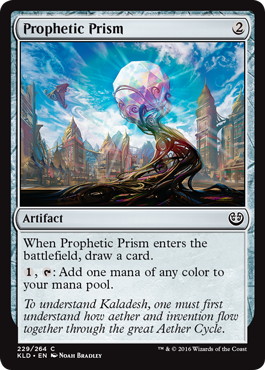 |
For enablers we have cards like 《Renegade Map》, 《Prophetic Prism》, 《Attune with Aether》 and 《Unbridled Growth》. These cards are in the common slot, which gives us the tools for improvise, energy and revolt – but also gives us the opportunity to build a green multicolor good stuff deck. A lot of the energy cards and the synergy cards, work well with each other – but it’s hard to have the right cards in the right colors. Green opens up for this, making a card like 《Whirler Virtuoso》 and 《Cloudblazer》, cards that are powerful on curve, but also where you want to be at, when you advance into the lategame. Depending on the amount of artifacts in the deck and your color commitments, you are able to pull off pretty much anything, as long as it suits your overall plan. I keep saying this “overall plan” thing – but it is really important that your deck is focused and has this plan – or else you will be outclassed or out grinded, when playing against players that balanced their decks just right.
The artifacts in the format are a bit mixed. There are some colorpie cards, that goes into their assorted color, then there are fillers and last, the combo pieces. Look through all your cards, to see if you’ve missed some of these cool and good interactions like 《Aether Swooper》 and 《Decoction Module》. Its these small, yet powerful edges you give your decks, slowly building up to three 40 card masterpieces, that not only have a plan to win, but also has a lot of ways to make it hard for your opponent to deal with your plans. Making your opponent use a prime removal spell on an 《Aether Swooper》, because 《Decoction Module》 makes it relevant the entire game is where we want to be at. Always pressuring our opponents in ways that suits our game plan, and doesn’t drain us for unnecessary resources.
This was everything for now – I hope you enjoyed it and I am looking forward to give you guys some feature matches, tweets and hopefully a trophy.
until next time,
Michael Bonde
Cards found in the Article
Share in Twitter
Share in Facebook
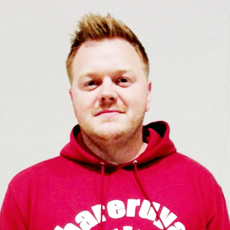 Michael Bonde
Michael Bonde
Top 4 at Grand Prix Strassbourg 2013 & Grand Prix Madrid 2015. Followed by a 5th place with the Bonde-Saito-Thiago Team at Grand Prix Sao Paolo 2016. A veteran of the magic pro scene aiming ever higher.
His strengths lie in his ability to reach complicated game states where he is able to grind out a win.

Related Articles
- 2017/03/17
- GP Barcelona Champion’s Report
- Petr Sochurek


